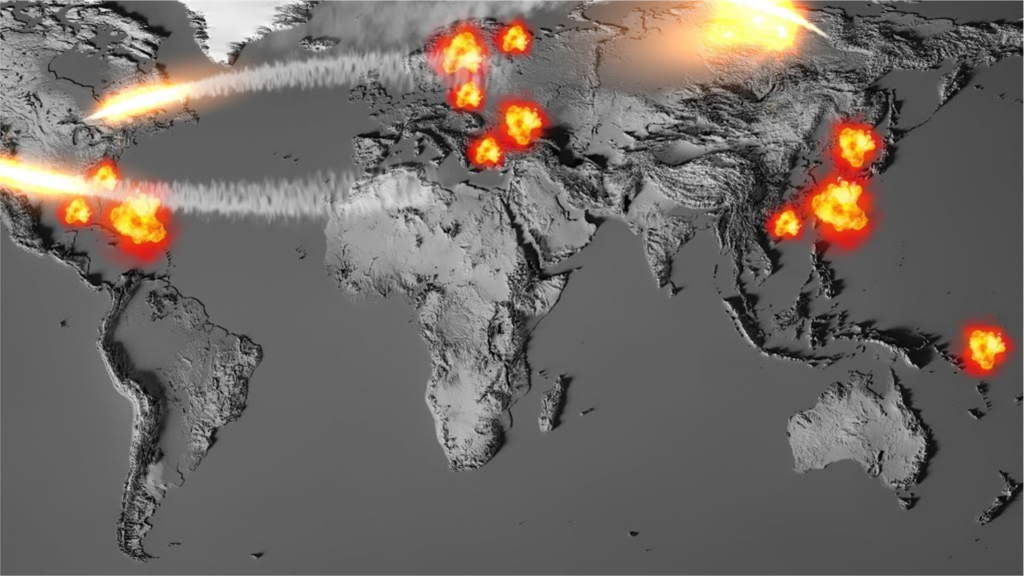CANADIAN BIODIVERSITY – NOT “AT ANY COST” | Friends of Science

Contributed by Robert Lyman © 2025. Robert Lyman’s bio can be read here.
EXECUTIVE SUMMARY
Canada is a party to the Global Biodiversity Framework approved as the UN Convention on Biological Diversity in December 2022. In this article, I will describe the potential implications of this commitment in the context of Canada’s existing framework of laws and regulations governing the protection of species.
Canada is home to an estimated 80,800 species, including mammals, birds, fish, plants, amphibians, reptiles and insects. Only a small portion of these have been identified and assessed. As of May, 2022, the federal government estimated that 841 species were extirpated, endangered, threatened and of special concern. Only six of the fish, birds and animals have been declared extinct in the last 45 years[1].
Canadians generally strongly favour the idea of protecting nature. This has been translated in practice into a series of laws and regulations that govern what Canadians can and cannot do. There are five principal threats: habitat loss and degradation, invasive alien species, overexploitation, pollution and climate change. Habitat loss and degradation has caused about 80 per cent of the species reduction in Canada.
At the federal government level, there are several laws in place that protect species “at risk”. The most important are perhaps the Species at Risk Act (SARA) and the Canada National Parks Act under which approximately 343,456 square kilometres of land in Canada are “protected” through 37 national parks, 11 park reserves and one national urban park. That land area is slightly larger than Germany. Influenced by the United Nations, the Trudeau government established the goal of protecting biodiversity through the conservation of 30% of lands by 2030.
There has been almost no discussion at policy levels or before the courts in Canada as to the limits that should be placed upon regulations and other government measures to restrict biodiversity loss or protect species habitat. This is surprising given the broad range of controversies that have arisen in the United States, where the costs of protecting species habitats have reached up to the tens of billions of dollars. It seems highly likely that the same factors that have raised the cost of compliance with the endangered species legislation in the United States have similarly affected project proponents and landowners in Canada, but there are almost no studies to confirm this. Consequently, Canadians do not know the present and potential future costs of freezing development on vast areas by expanding the national parks system.
Environmentalists’ frequent portrayal of humans as the enemies of nature and as the architects of doom captures the headlines and permeates public consciousness. The relationship between humans and nature is far more complex than they claim. Certainly, humans rely on extensive land use for food production and incomes, and that reliance increases as the Canadian population grows, driven by immigration. However, the extraordinary measures that have already been taken to protect and conserve habitat have costs of which most people are completely unaware. The stories of species that are thriving as a result need to be told.
Preserving nature is important, but not at any cost.
[1] https://www150.statcan.gc.ca/n1/pub/16-201-x/2009000/t034-eng.htm














